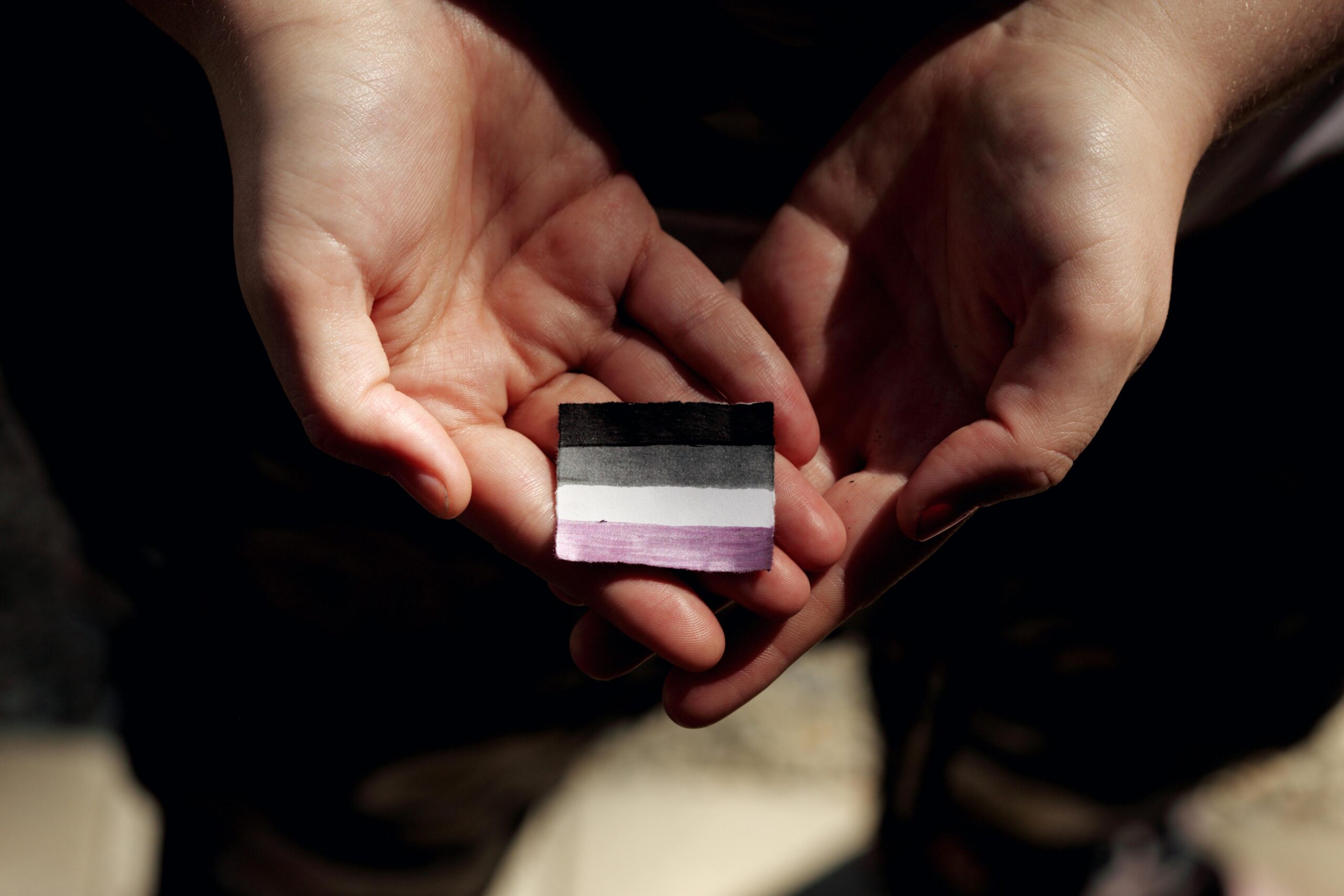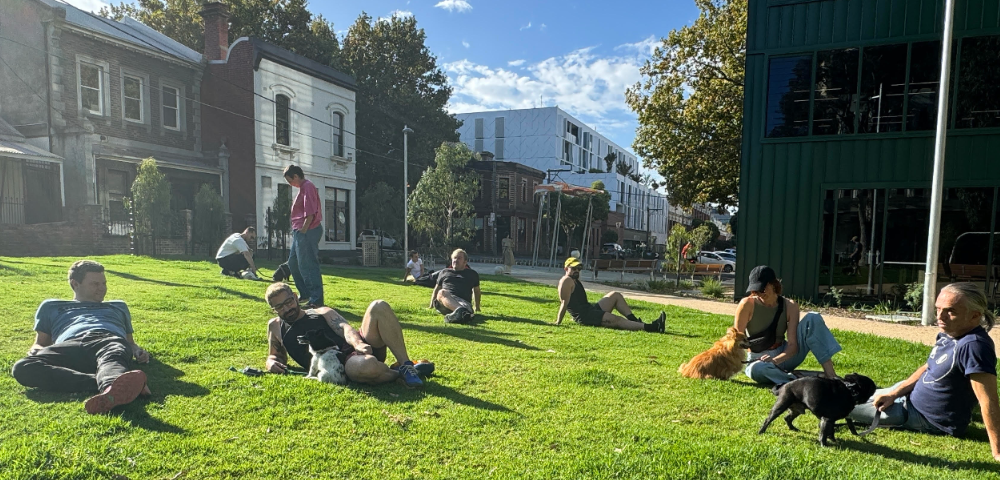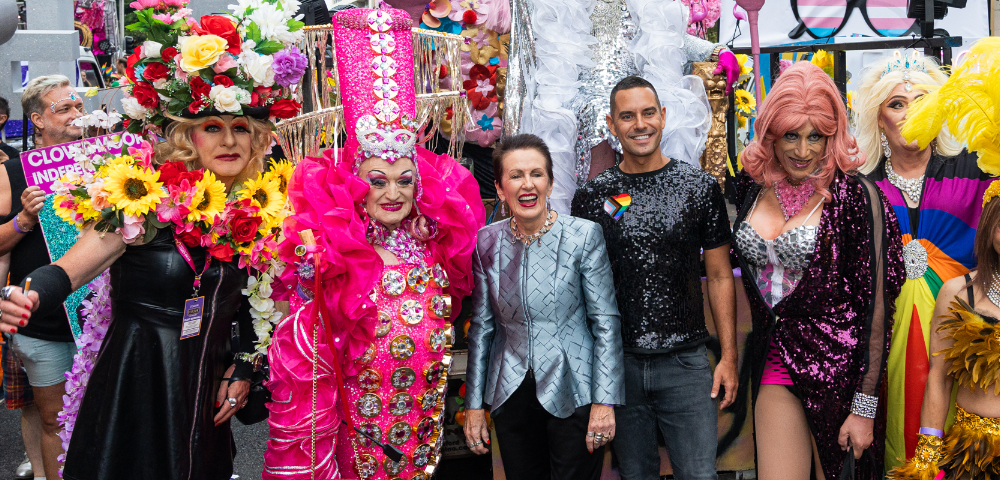

AUSTRALIAN Government responses to HIV and AIDS have, for nearly 30 years, had bipartisan support. From the time this disease was identified in the early 80s, governments worked with affected communities, researchers and clinicians to frame appropriate responses to prevention, education, treatment and care.
It was recognised from the outset that tackling this disease needed an open and collaborative public health response and Australia is acknowledged around the world for its collective efforts, including its surveillance and research efforts.
Over the past 20 years, while there is still no cure or vaccine, treatments have advanced to the point that most people living with HIV do not progress to AIDS and can continue to contribute to the community.
It is perhaps this success in antiretroviral treatment that has led a new generation to think this disease is so manageable that they have forgotten the need for safe sexual practices.
HIV infection has been climbing over the past few years. While rates of HIV in Australia are low compared to most countries, in 2012 new diagnoses of HIV increased by 10 per cent to 1,253 cases. This is the largest annual increase in new cases in 20 years and should be a concern for the entire community.
It should also be noted that gonorrhoea diagnoses increased substantially; an increase of 13 per cent from 2011 and 2012. Sexually transmissible infections and hepatitis C are also on the increase in the community.
The Australian Government is continuing to work in partnership with state and territory governments and key stakeholders to tackle these rising rates of blood borne viruses (BBV) and STIs, including a comprehensive review of the five national strategies that provide a framework to guide Australia’s response to BBVs and STIs.
The strategies will address the key challenges and underlying reasons for the rising rates of BBVs and STIs, including the need to reinvigorate safe sex messages as the foundational response. The strategies will also strongly encourage more testing and treatment as prevention, intensifying our efforts to eliminate HIV and AIDS.
World AIDS Day, on December 1, is a reminder to us all about this important health issue, including the need to provide support for people living with HIV/AIDS.
Coordinated national and local events are held each year across Australia, with the close involvement of affected communities, and supported by the Australian and state and territory governments. This year, the official launch of World AIDS Day will be held at Victorian Government House, hosting international dignitaries like UNAIDS Global Advocate for Zero Discrimination and Myanmar parliamentarian Aung San Suu Kyi, and UNAIDS Executive Director Michel Sidibé.
World AIDS Day is promoting the theme of ‘Getting to zero’ this year and I am pleased that Australia will host the International AIDS Conference, AIDS 2014, in Melbourne in July. The event is expected to be the largest health and development conference ever held in the country, with an estimated 18,000 attending from 200 countries.
The national World AIDS Day website lists events being held across Australia . The website is here.









